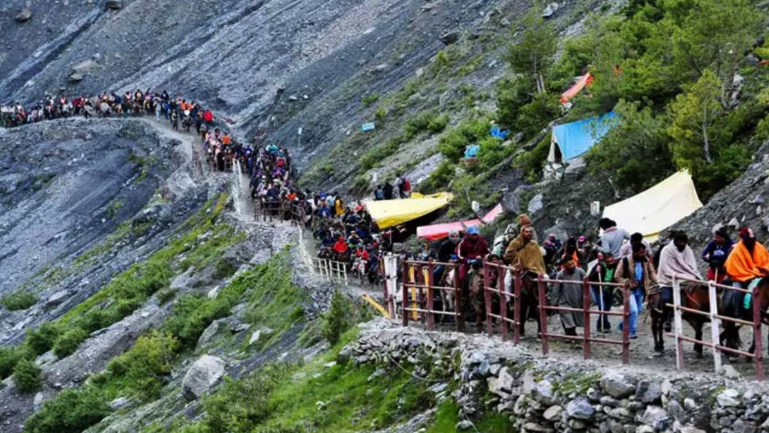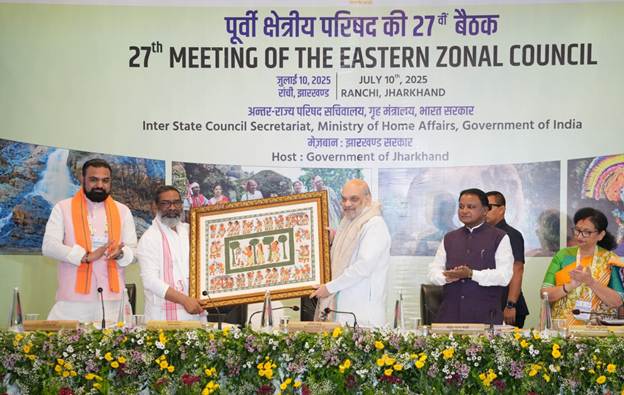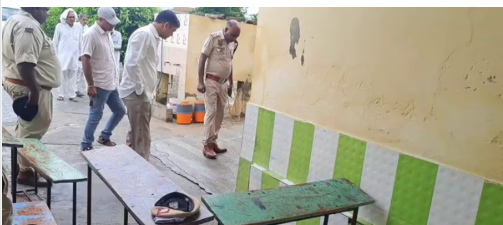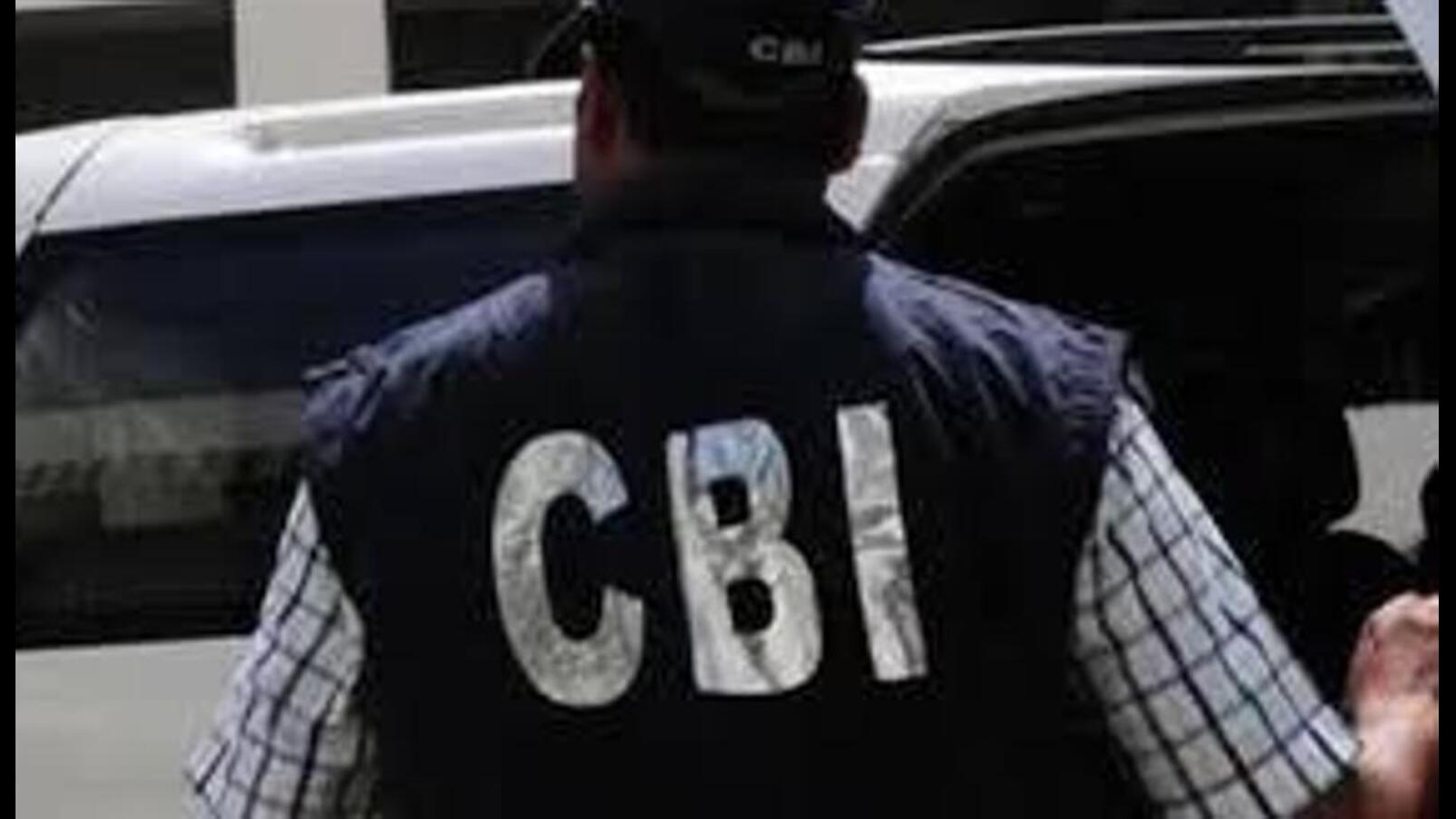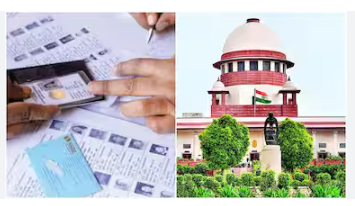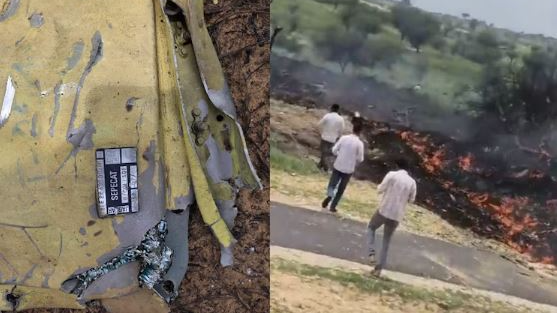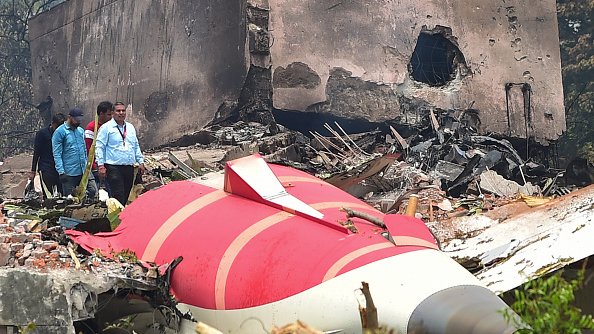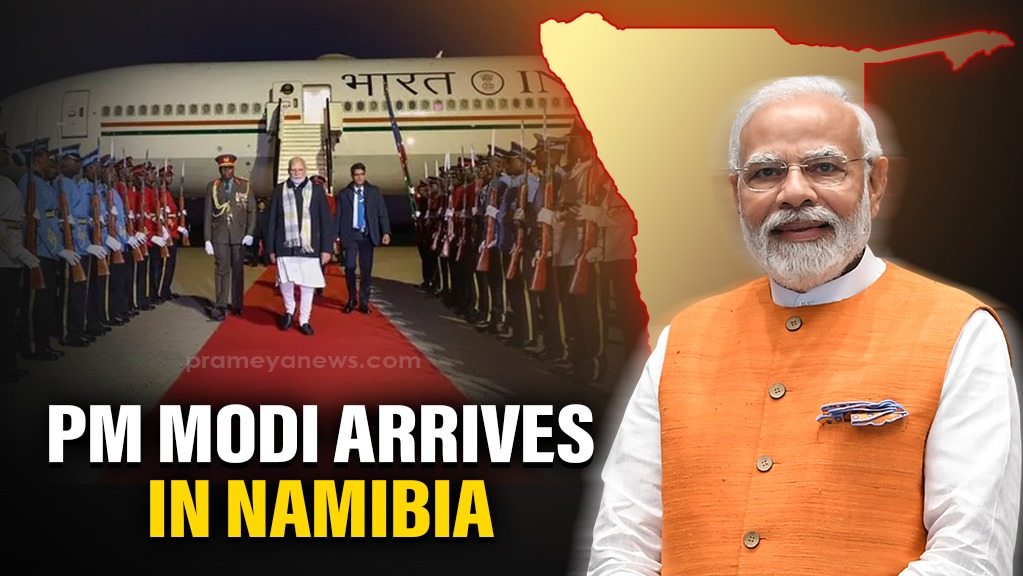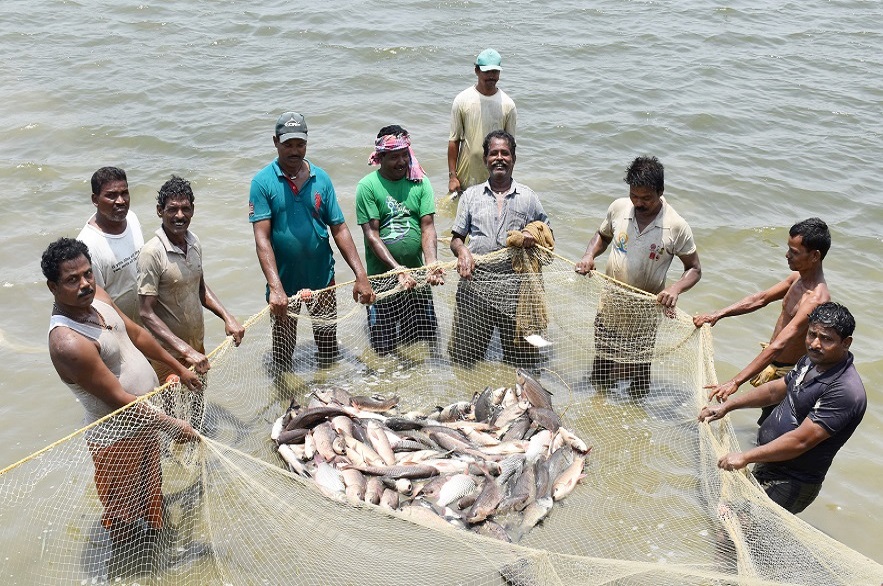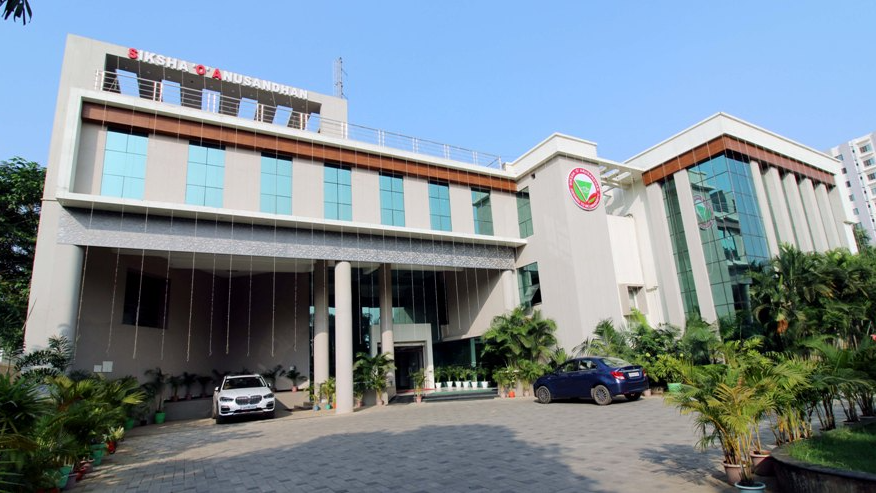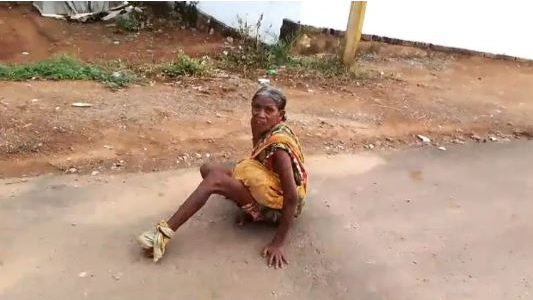MHA extends lockdown till May 17, lists relaxations for less-affected areas

New Delhi, May 1: Citing "significant gains" of the ongoing restriction across the country, the Union Home Ministry on Friday extended the countrywide lockdown for a further period of two weeks with effect from May 4 to contain the Covid-19 outbreak. The third phase of the lockdown will continue till May 17, and was announced ahead of the lockdown 2.0 ending on May 3. The government took the decision after a comprehensive review, and in view of the lockdown measures having led to significant gains in the Covid-19 situation in the country, it said. In an order issued by the Ministry under the Disaster Management Act, 2005, it is mentioned that the lockdown is being extended for a "further period of two weeks beyond May 4". The MHA also issued new guidelines to regulate different activities in this period, based on the risk profiling of the districts of the country into red (hotspot), orange, and green zones. The guidelines have permitted considerable relaxation in the districts falling in the green and orange zones. "No other activity is permitted within the Containment Zones." Under the new guidelines, a limited number of activities will remain prohibited throughout the country, irrespective of the zone. These include travel by air, rail, metro and inter-state movement by road, running of schools, colleges, and other educational and training or coaching institutions, hospitality services, including hotels and restaurants, places of large public gatherings, such as cinema halls, malls, gymnasiums, sports complexes etc, social, political, cultural and other kinds of gatherings, and, gatherings at religious places/places of worship for public. However, movement of persons by air, rail and road is allowed for select purposes, and for purposes as permitted by the MHA. The new guidelines also prescribe certain measures for well being and safety of persons. Movement of individuals, for all non-essential activities, shall remain strictly prohibited between 7 p.m. to 7 a.m. Local authorities shall issue orders under appropriate provisions of law, such as prohibitory orders under Section 144 of CrPC, for this purpose, and ensure strict compliance. In all zones, persons above 65 years of age, persons with co-morbidities, pregnant women, and children below the age of 10 years, shall stay at home, except for meeting essential requirements and for health purposes. Out-Patient Departments (OPDs) and Medical clinics shall be permitted to operate in all three zones, with social distancing norms and other safety precautions, but these will not be permitted within the containment zones. State and UT governments are mandated to strictly enforce the lockdown guidelines and they shall not dilute these issued under the Disaster Management Act, 2005, in any manner. Prime Minister Narendra Modi on March 24 declared a 21-day countrywide lockdown for the first time to break the chain of transmission of the novel coronavirus pandemic. The restriction was further extended on April 14 till May 3. The criteria for identification of districts as red, green and orange zones have been spelt out in detail in the letter dated April 30, issued by the Ministry of Health and Family Welfare (MoHFW). Explaining these zones, the Ministry said the green zones will be districts with either zero confirmed cases till date or no confirmed case in the last 21 days. The classification of districts as red zones will take into account the total number of active cases, doubling rate of confirmed cases, extent of testing and surveillance feedback from the districts. Those districts, which are neither defined as red nor green, shall be classified as orange zones. The classification of districts into red, green and orange zones will be shared by MoHFW with the states and Union Territories (UTs) on a weekly basis, or earlier, as required, the Ministry said. While states and UTs can include additional districts as red and orange zones, they may not lower the classification of a district included by MoHFW in the list of red or orange zones. Noting that number of districts of the country have, within their boundaries, one or more Municipal Corporations, the Ministry said it has been observed that due to higher population density within these civic bodies, and consequent greater inter-mixing of people, the incidence of Covid-19 within the boundary of the the civic body is higher than in the rest of the district. In the new guidelines, therefore, it has been provided that such districts will be classified into two zones -- one for the area under the boundary of the municipal bodies and another for the area falling outside their boundary. If the area outside the boundary of the civic body has reported no case for the last 21 days, it will be allowed to be classified as one stage lower than the overall classification of the district as either red or orange. Hence, this area will be classified as orange, in case the district is overall red; or as green, in case the district is overall orange. This classification will enable more economic and other activities in that area of the district, which is relatively less affected by the incidence of Covid-19, while also ensuring that due caution continues to be exercised so that these areas remain free from cases. This dispensation has been made only in respect of districts having Municipal Corporation (s). The most sensitive areas of the country, from the spread of Covid-19 point of view, and falling within the red and orange zones, are designated as containment zones. These are areas where there is significant risk of spread of the infection. The containment areas would be defined by respective District Administrations, taking into account the total number of active cases, their geographical spread, and the need to have well demarcated perimeters from the enforcement point of view. The local authority shall ensure 100 per cent coverage of Aarogya Setu app among the residents of the Containment Zone, which would have intensified surveillance protocols, with contact tracing, house to house surveillance, home or institutional quarantining of persons based on their risk assessment, and clinical management. Strict perimeter control would need to be ensured, so that there is no movement of people in and out of these zones, except for medical emergencies, and for maintaining supply of essential goods and services. (IANS)
Latest News

22 Maoist cadres surrender before security fo...
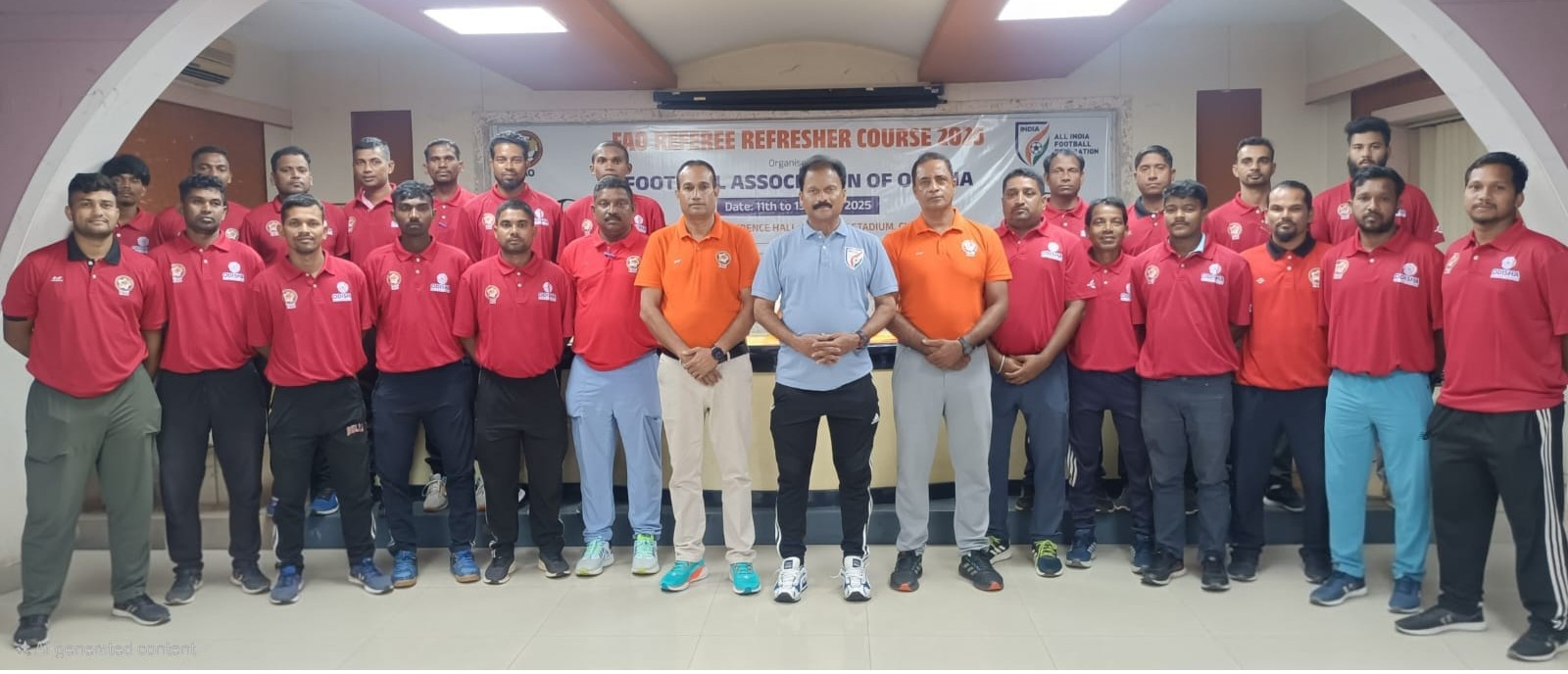
Football Referee Refresher Course held
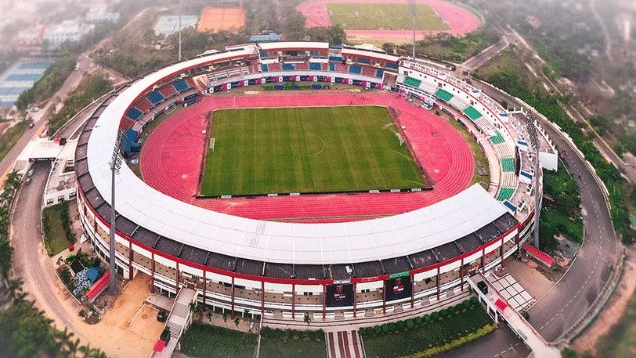
Kalinga Stadium re certification to be held fo...
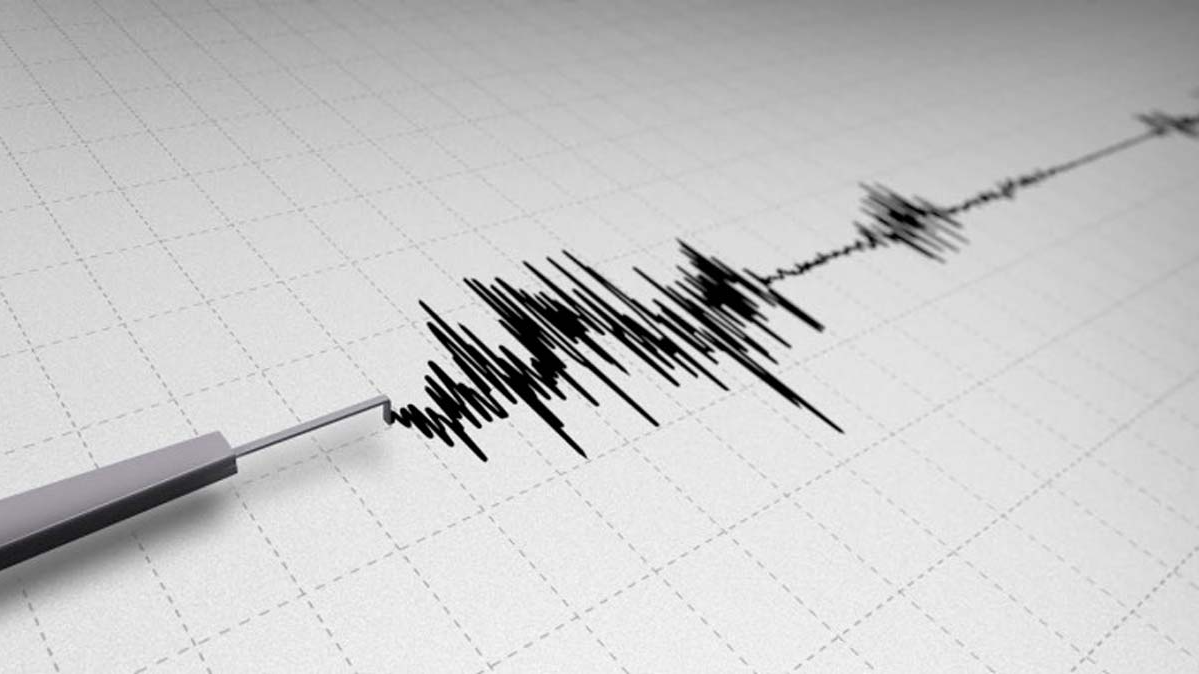
Second Quake in Two Days: 3.7 Magnitude Tremor...
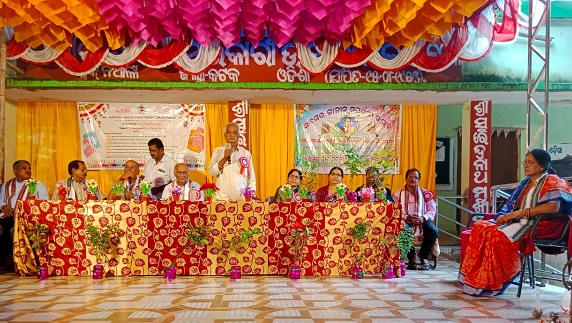
S N Mukhi Scholarship awarded to meritorious s...
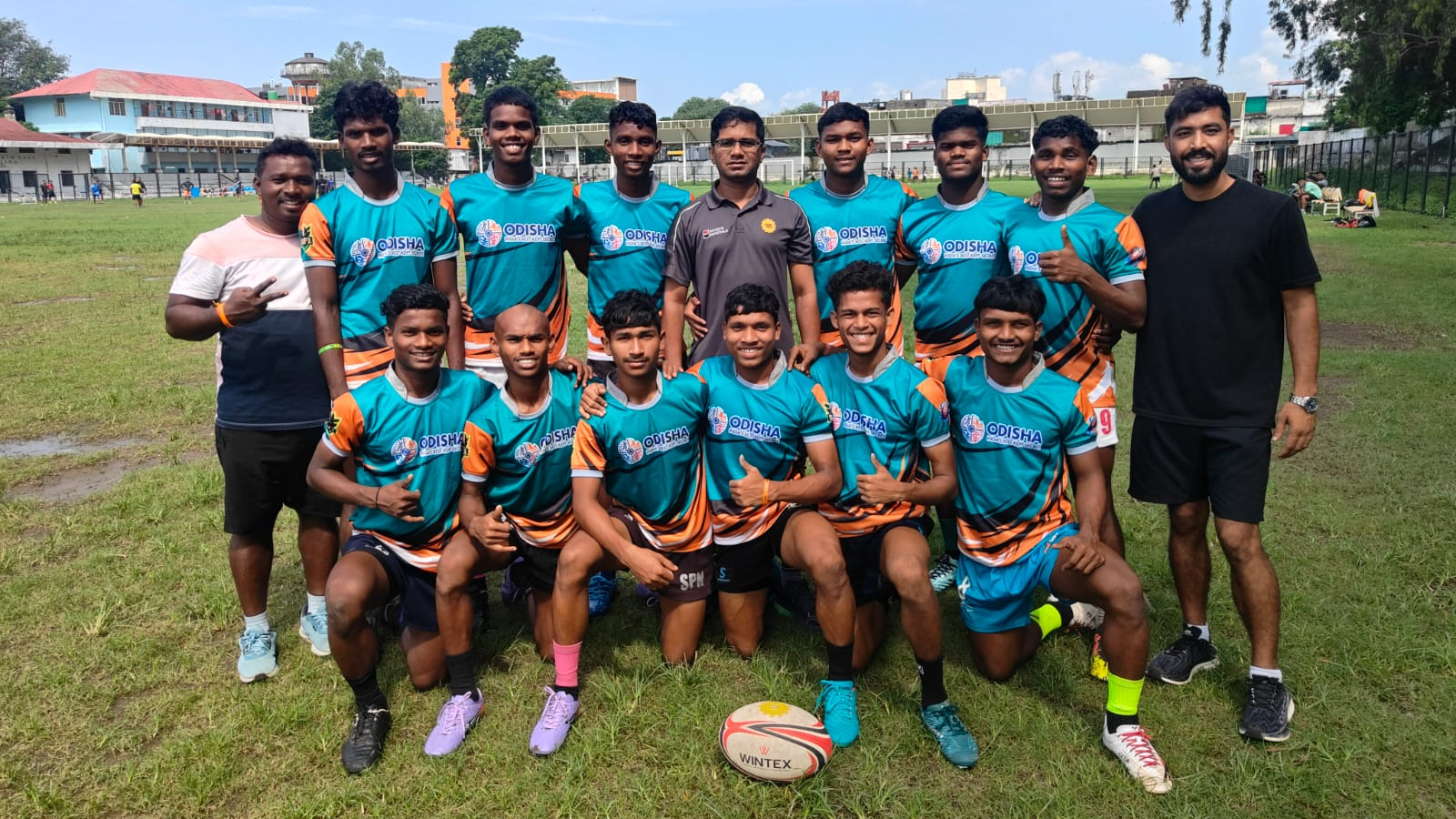
Defending champ Odisha to face Tamil Nadu in t...

Pradhan calls Rahul Gandhi's Odisha rally 'pol...
Copyright © 2024 - Summa Real Media Private Limited. All Rights Reserved.











